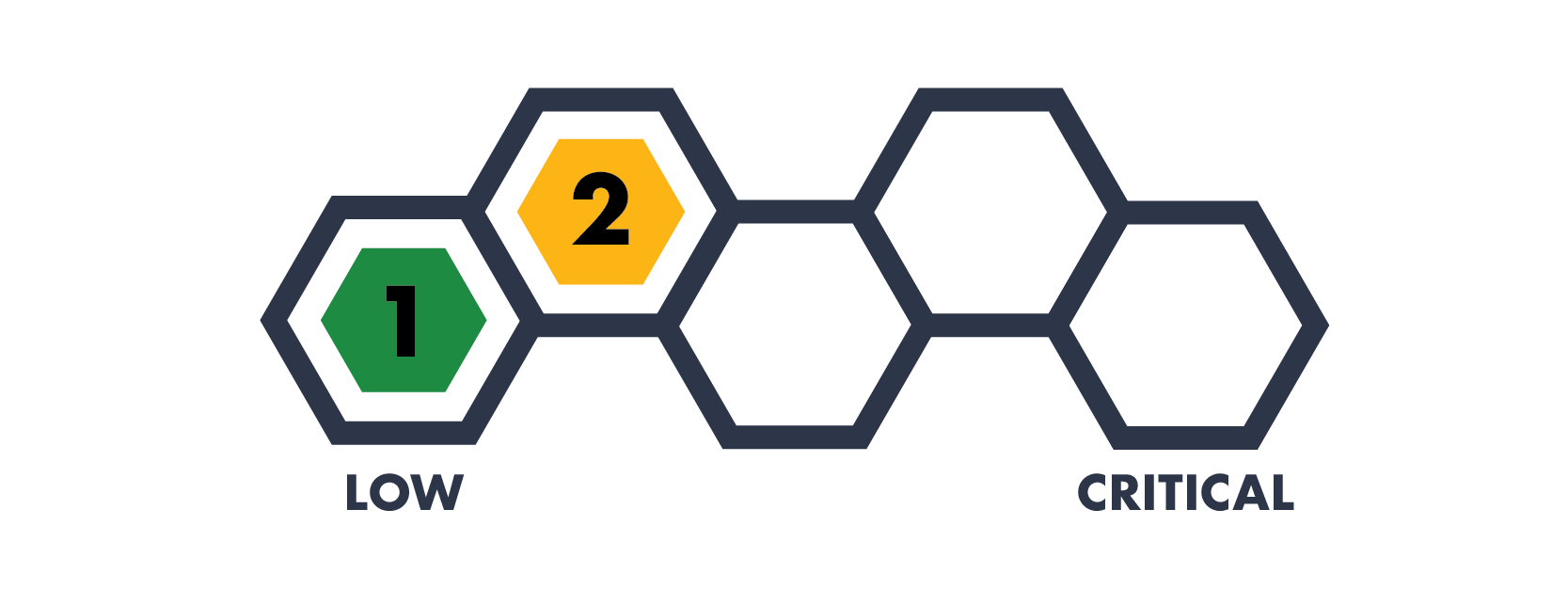What Does my Router Actually Do?
Category
Cybersecurity Fundamentals
Risk Level
Maybe you just set up your internet service with a new provider, or maybe you’ve been with them for a number of years. And while your results with different companies may vary, there’s always been one constant: that small box with some blinking lights and tiny arms sticking off of it that never provides enough Wi-Fi coverage where you need it. You may be an expert at renaming your Wi-Fi to an internet related pun, or you may never have given it a second thought since the technician installed it, but there’s more to that box than you may think.
“What’s going on in there?”
As part of your service, your Internet Service Provider, or ISP for short, usually offers the use of some equipment to make your video streaming services work uninterrupted. We won’t go into whether you should rent or own that equipment (you should buy either their equipment or a third party, if you can, to save money in the long run), but your ISP will usually call it a “router” on their website. While this is the most common term, this isn’t actually true for what it’s doing. There are two parts to that box: a modem and a router.
“Hold up. Why do we call it a router then?”
While every ISP’s setup for connecting your home or organization to the internet can vary, there are two parts to getting your phones, laptops, and TVs online. The first is your router. The router helps organize all of your IT devices. Think of your router as a tree trunk that supports all of the branches that are your IT devices. But in order to reach another IT device that’s not supported by your tree, like browsing Instagram, you’ll have to go somewhere else. In this example, imagine the Internet as a tree farm. Every tree has a corresponding row and spot so that the farmer can find it. This system allows for information sharing between trees, or IT networks, and is handled by a modem. In simpler terms, a modem is a router for the Internet. Many ISPs combine the functionality of your router and modem into one box with blinking lights to make this process easier for you.
“Got it. So what’s up with 2.4 vs 5?”
Some routers have two SSIDs (i.e. the name you see when you select a Wi-Fi to connect to); one with 2.4 next to it and the other with 5. These represent the frequencies in GHz of the radio waves carrying the Internet from your router, and they will both provide you access to your favorite blogs (ours of course!). But if you want to optimize your 200th viewing of the Office, the 2.4 will provide coverage at a further distance from the router, but at a slower speed. The 5 provides less coverage, including trouble going through walls, but at a faster speed. What does this mean if you want the best Internet experience? If you’re in the same room as your router, you should use the 5, and if you’re further away, use the 2.4. Some modern routers can make the best decision for you to make sure you’re always receiving the best signal, so consider upgrading your router if you’re having trouble!
“I’m guessing there’s a cybersecurity angle here, right?”
Of course there is! We’re Hive Systems and it’s all we talk about. You’ve probably seen Wi-Fi networks that have a lock next to them, and you’ve probably seen some without them at places like coffee shops. If you’re setting up your Wi-Fi at home or the office, make sure to enable security for it. This will stop anyone who you don’t know from accessing your “tree.” You can do this right now by going to the settings for your router, enabling WPA2, and setting a strong password. If you’re unsure on how to do this, look up the instructions for your router from you ISP. Usually you’ll type 192.168.0.1 or 192.168.1.1 into your web browser to access your settings. As a side note, you should avoid connecting to Wi-Fi that isn’t secured, and if you must, don’t do anything sensitive on it like banking since anyone on the same Wi-Fi could see what you’re doing and steal your information. However, you can get around this by using a VPN, as this protects ALL of your internet traffic and will keep you safe.
Finally, if you or your organization aren’t sure if you’ve properly secured your Wi-Fi let’s talk about the Hive Systems’ Vulnerability Assessment. Click the button below to talk to us about how to make sure your tree is ready to keep your organization safe and secure.




